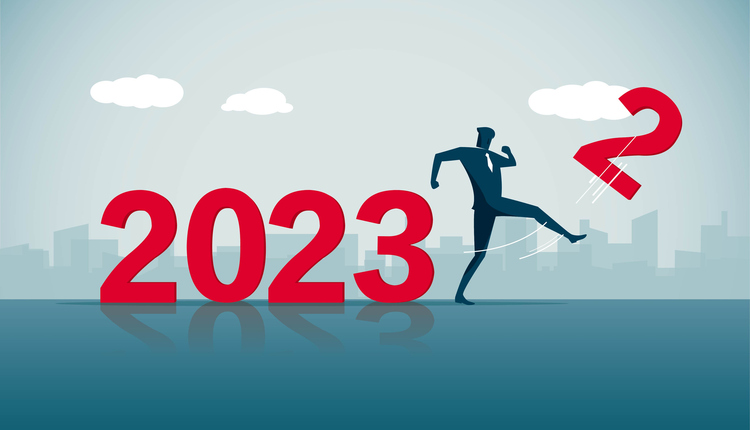To some folks, managing people is the hardest part of being a leader. Whether you are a recently promoted supervisor or a seasoned experienced manager, it is never easy, and it is constantly changing with the new generations and vibes of the people. A local fast food manager told me last week he had two people call in to say they weren’t coming in because they found some Pokemons in a local area. They didn’t even pretend to be sick; they just admitted they were playing “Pokemon Go.” What were they thinking? Why is there such a draw to that game? How can you make the workplace that exciting that people want to come to work?
Little time is spent in the workplace concentrating on making the workplace the place everyone wants to work, although managers will admit their jobs are easier when they have more tenured people. Therefore, it makes sense to focus on the workplace and make it more inviting, more challenging, and more desirable for every generation of associates. If you don’t have a creative human resource department, enlist associates that are creative to come up with fun, interesting instructional posters. Reward the most percentage of accurate orders with a fun cookout or something to make an 8-5 job fun.
New supervisors are usually promoted from associate position without any training. As if it doesn’t take any special training to be a leader; ha! Trust me; it does take special training to keep associates motivated and to discipline while encouraging people in order to keep them motivated to execute their jobs well. It’s very important, but not much time is spent wondering how to ignite passion among the team. With passion, you increase productivity and accuracy. Many managers look at purchasing software or material handling equipment to increase productivity, but if they would just look at motivating their workforce and developing a positive culture, they could do more with a lot less. How do you start?
The first step is to acknowledge that all people are different and the same leadership style may not work on some as it does on others. Just as a basketball coach may yell at some players to make them play well, some players totally melt when yelled at and give up. There are four basic personalities that people will fall into. Because I’m in the logistics world, I have renamed them. There’s Type A (the bulldozer), Type B (the ambulance driver), Type C (the submarine), and Type D (the hang glider). It’s helpful to identify what personality you fall into and to acknowledge your traits. Managers tend to treat the workforce the same as their own personalities and don’t acknowledge the personalities of the employees. Changing their style to fit the personality they are working with would reap better results. For instance, if you have a task that is a one-person task and not a team job, pick a Type C to do it. Submarines just like to get a job and execute it (much like the submarine dives down to execute a task) and when the job is done, voila, they come up for air. A submarine would rather work alone than in groups. Submarines would have trouble in charge of a team meeting.
A hang glider just wants everyone to get along. Therefore, a hang glider usually will complete a task for an associate instead of confronting the associate for a job not done correctly. A hang glider will have trouble disciplining or firing an individual.
The ambulance driver is the person to call on for the “feel good” promotions. They want to take care of everyone and would be a good nurturer for new people.
The bulldozers are the people that want your job or may be your boss. They just want to get the job done and often times don’t care who gets rolled over in the process.
The top leadership skills include the ability to communicate, delegate, provide feedback, be trustworthy, act as a positive team builder, and be creative and responsive. The typical manager skills still come in to play but if you can adjust your delivery, assignments, and reactions based on the associates’ personality and not yours, you will find it to be much more effective.
Besides personalities, managers now deal with new thoughts and trends of generations. The Gen X, or millennial generation, were born between the 19880s and 2000 and known as the entitlement generation. The next generation just now entering the workforce (16) are the Gen Z or the “Post” generation. The millennials require feedback good and bad. Remember they came from the generation of “everyone gets a trophy.” The positive thing about millennials is their “can do” attitude, and they have the confidence and positivity to complete a task. Millennials are also not afraid of technology or automation and adapt to it very well. They would be good trainers for the older workforce. Although they don’t always respond well to being managed, they expect a manager to seek out their opinions and ideas with respect. Lead your team into greatness!


















